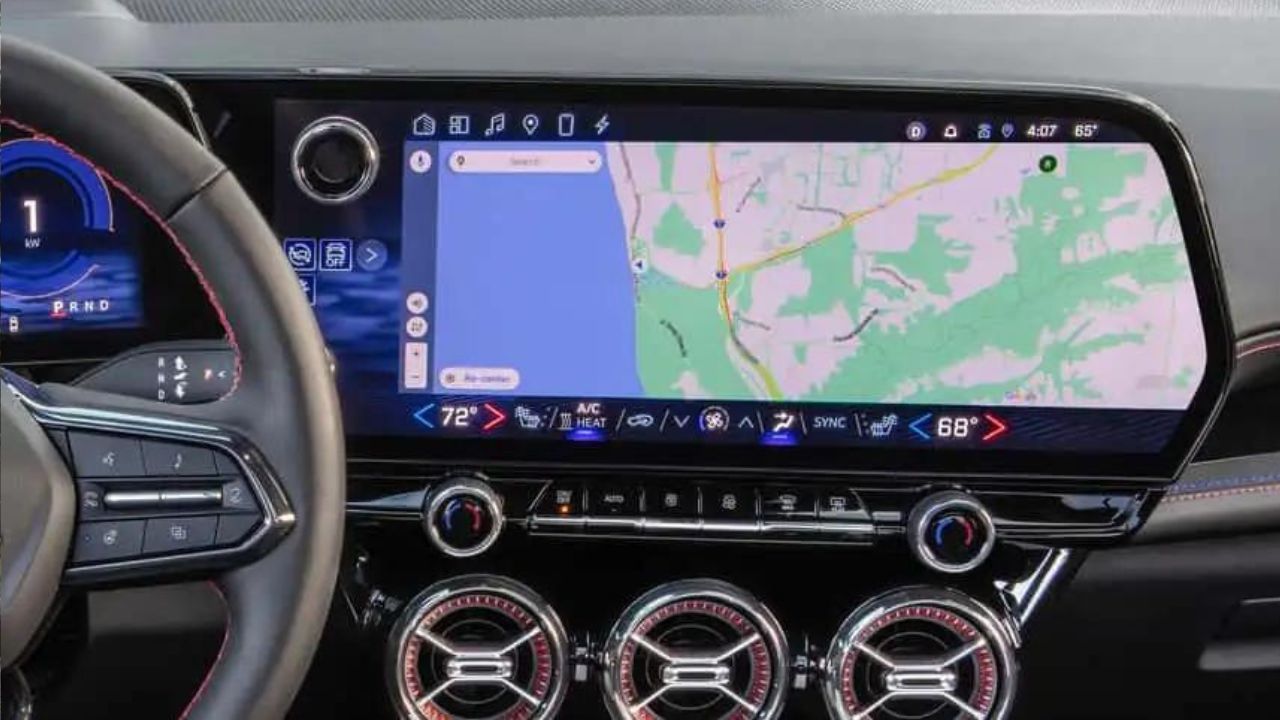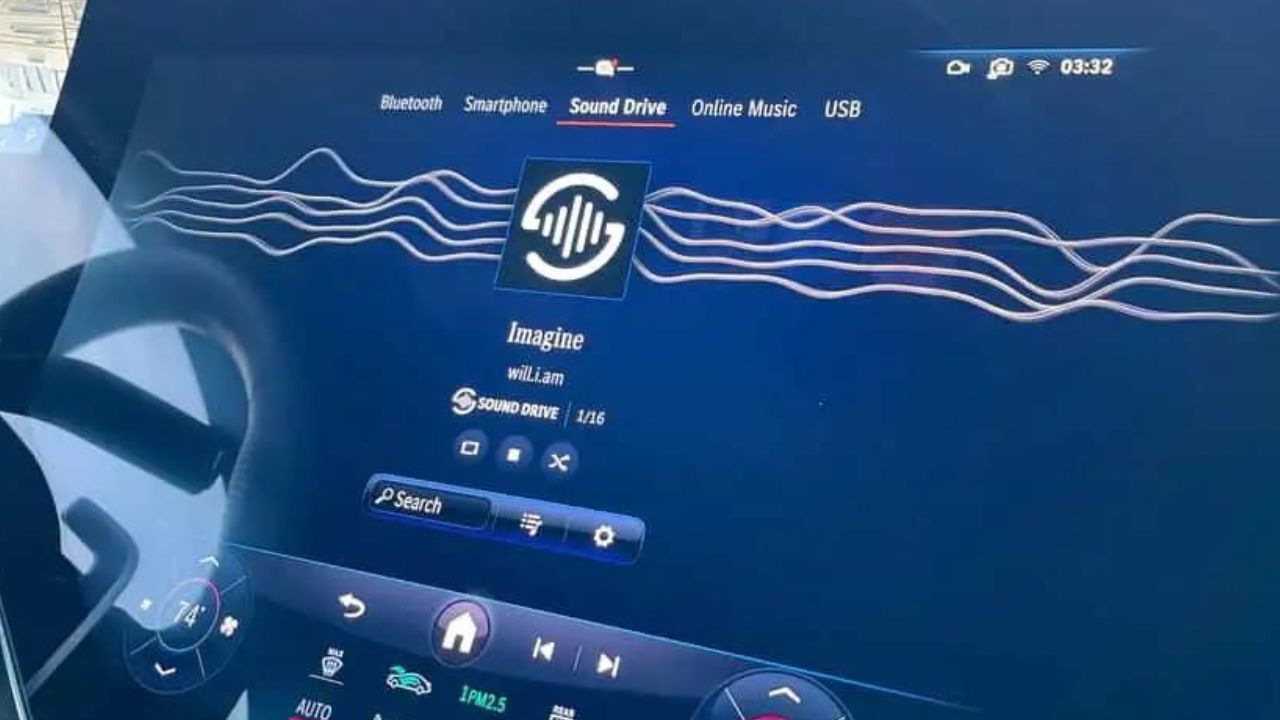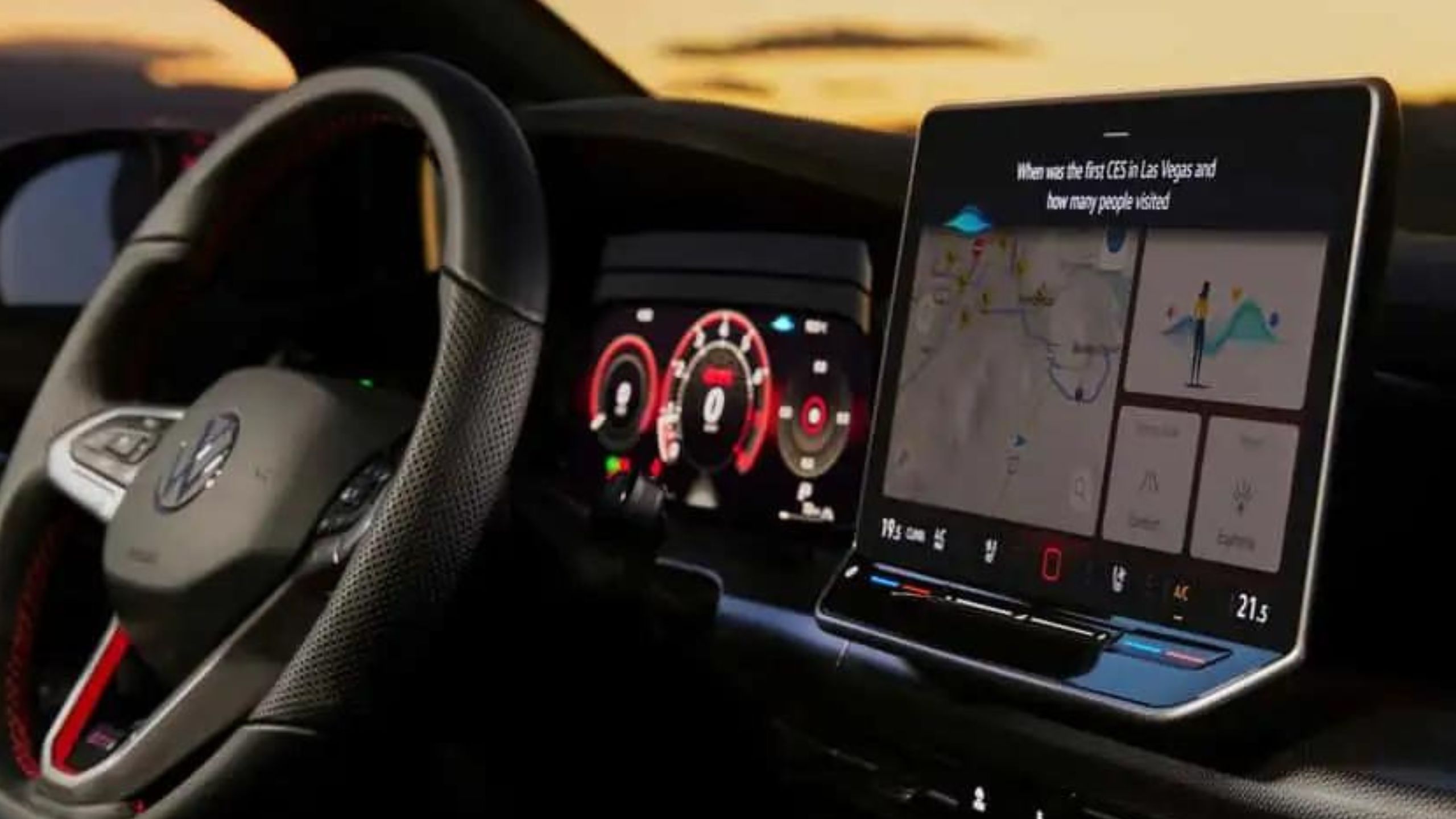In late 2012, Tesla Motors, a fledgling car company, issued a software update to its earliest sedans. This update, accessible through WiFi or 3G internet connections, introduced minor tweaks to the music player and other features.
While seemingly small, this move marked a significant departure in the automotive industry a shift towards treating vehicles as dynamic tech products capable of evolving via software updates. Previously, new features were typically reserved for new models or required dealership visits for fixes.

Tesla’s approach sparked a wave of innovation, with established automakers like General Motors and Volkswagen now striving to emulate this model.
At events like the CES technology conference, traditional car manufacturers are showcasing their ambitions to become tech companies, introducing in-car apps, voice assistants powered by ChatGPT, and ambitious software development plans. The goal?
To create “software-defined vehicles” that offer the same level of adaptability and entertainment as smartphones, with the ability to download new capabilities seamlessly.
The hope is that this shift will generate recurring revenue through subscription services and downloads, ultimately surpassing the profits from traditional car sales. However, this digital transformation comes with its challenges.
Despite efforts to streamline software development, delays, glitches, and even complete failures have plagued the rollout of new features.
Car companies are grappling with the need for a new software architecture that allows for easy updates and integration throughout the vehicle.
Some are opting to bring software development in-house, while others are forming partnerships with tech giants like Nvidia. Yet, the transition is fraught with difficulties, particularly for companies with little prior experience in software development.

Issues with OTA updates have been particularly notable, with instances of cars becoming inoperable due to failed updates. GM’s new software architecture, Ultifi, has encountered serious problems, leading to sales pauses and customer dissatisfaction.
Similarly, Volkswagen has faced software snafus, resulting in buggy cars and delayed production. The clash between traditional automotive practices and the rapid pace of software development is evident. Legacy car companies are struggling to adapt to the continuous innovation cycle typical in the tech industry.
Moreover, ensuring software safety in vehicles adds an extra layer of complexity, as even minor glitches can have serious consequences.
Despite these challenges, the push towards software-defined vehicles is driven by several factors, including the rise of electric vehicles and the potential for additional revenue streams from on-demand features.
However, consumer reception to paid upgrades remains mixed, with some wary of additional fees for features they perceive as necessities. The automotive industry is still navigating this digital transformation, experimenting with various approaches to software integration and feature development.
The future landscape remains uncertain, with automakers striving to find the right balance between innovation and consumer demand.

